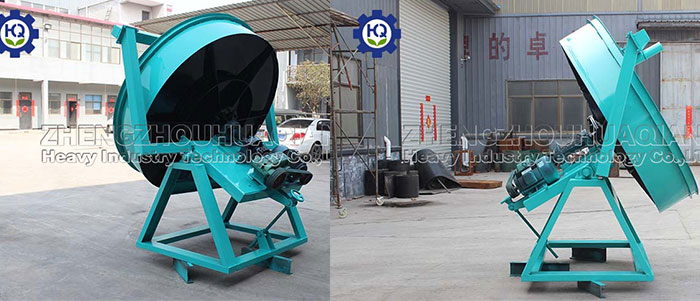
In the production of granular products like fertilizers and feed, both disc granulators and rotary drum granulators are widely used. So, which one better suits your needs?
1. Advantages of Disc Granulators
Disc granulators have a relatively simple structure, consisting of a disc, drive unit, frame, and other components. They work by rolling materials into balls on a rotating disc. Their key strength lies in their adaptability: they handle both powdered materials and small granules effectively. They’re also easy to operate, compact, and ideal for small to medium-sized businesses or low-to-medium output scenarios. For example, small fertilizer plants often use disc granulators for flexible production adjustments and diverse product types.
2. Advantages of Rotary Drum Granulators
Rotary drum granulators feature a long rotating drum. Materials tumble and bond inside the drum to form granules. These machines offer higher efficiency and support large-scale, continuous production. For large enterprises with stable, high-volume demands, rotary drum granulators are a strong choice. They also produce more uniform, consistent granules, making them ideal for industries with strict quality requirements, such as premium feed production.

3. Choosing the Right Machine
Based on the above comparison:
If your operation is small to medium-sized, prioritizes particle shape and quality, and has budget constraints, a disc granulator may be better.
If you require large-scale production, high efficiency, strong granules, and have sufficient budget, a rotary drum granulator is likely the fit.
Of course, practical factors like material properties, workspace, maintenance, and operating costs should also be considered.